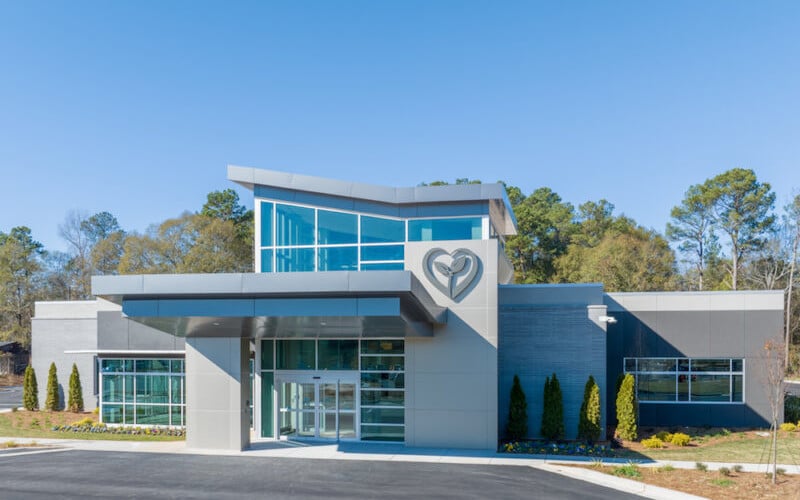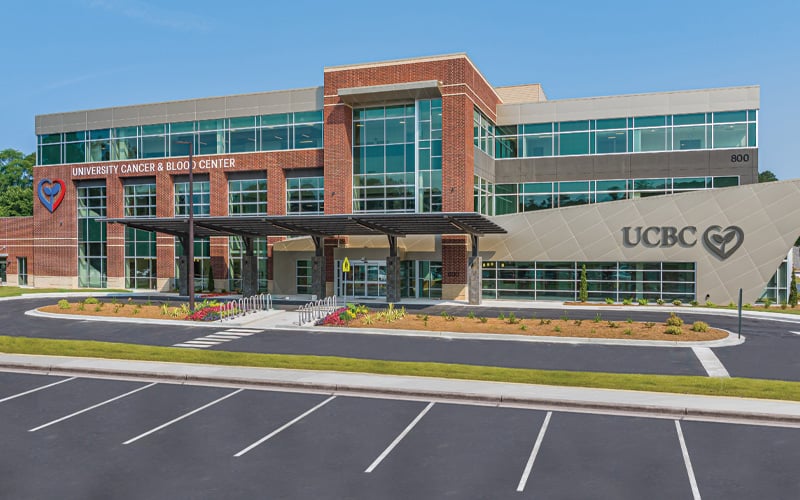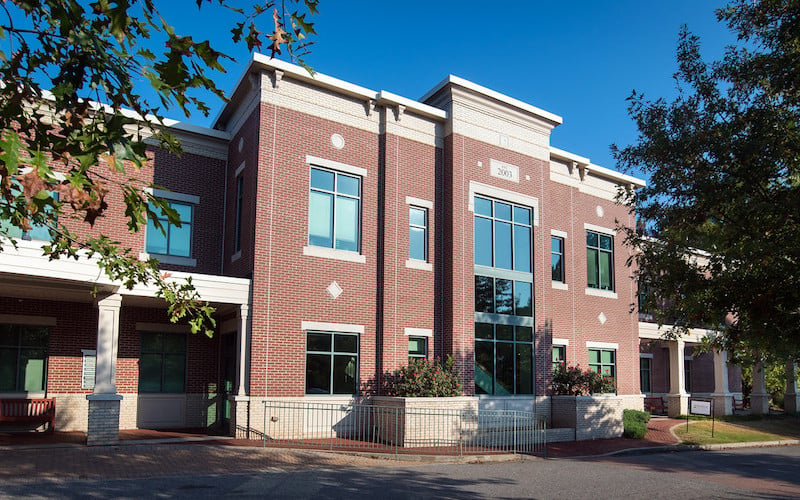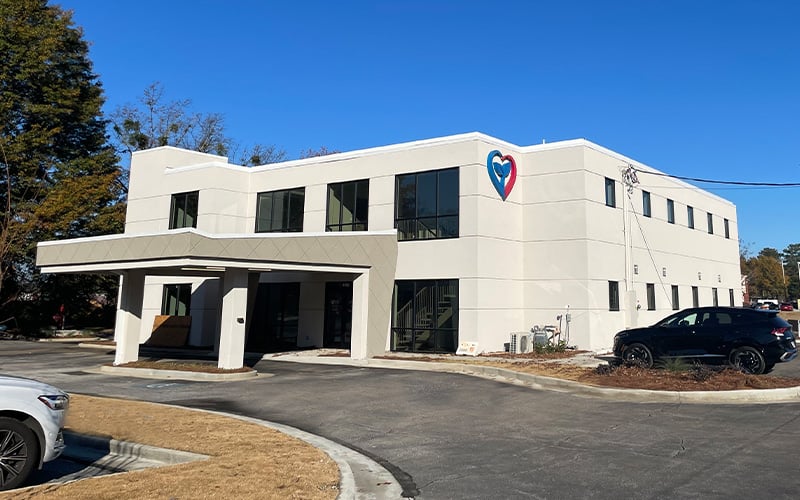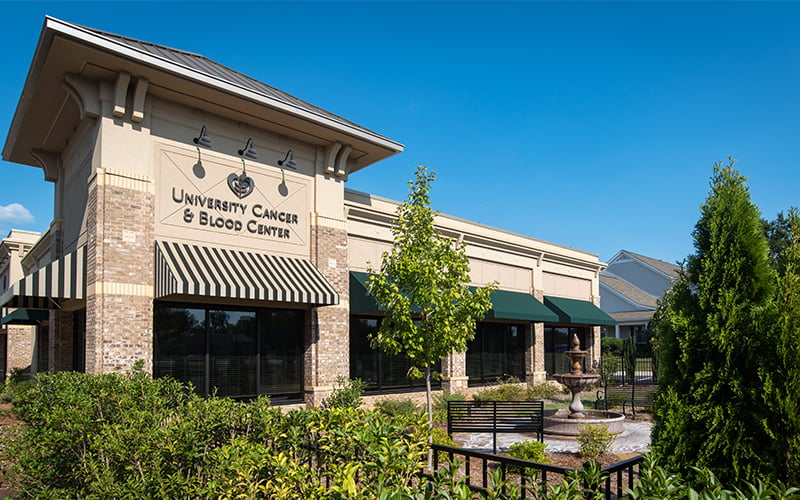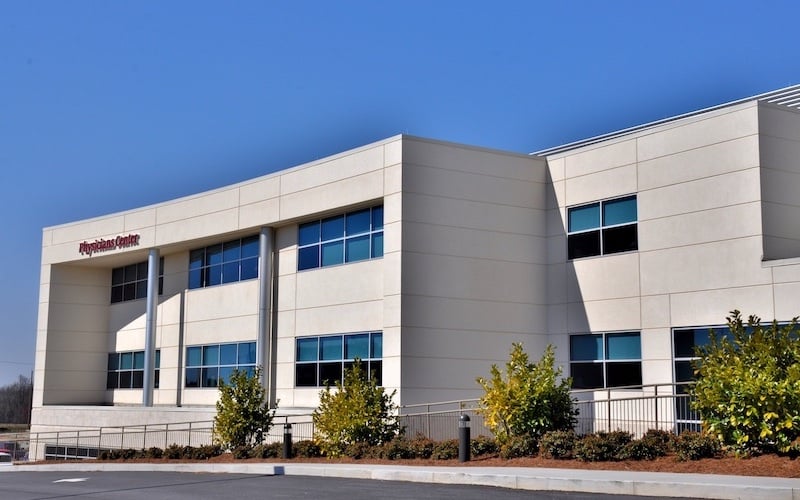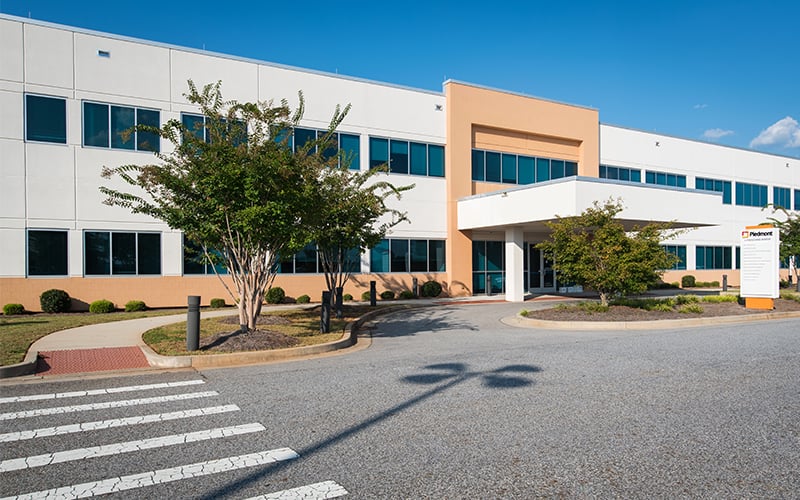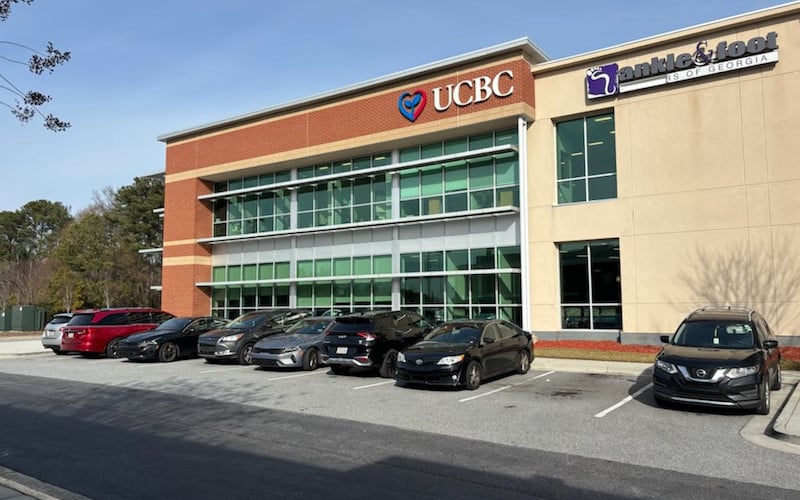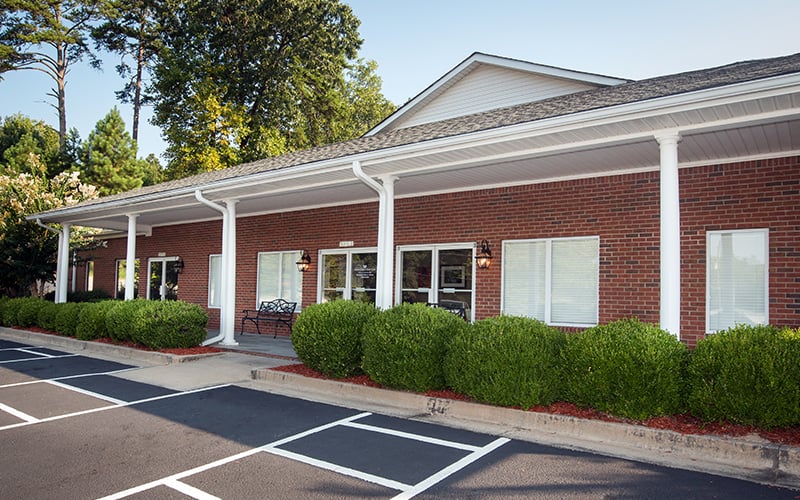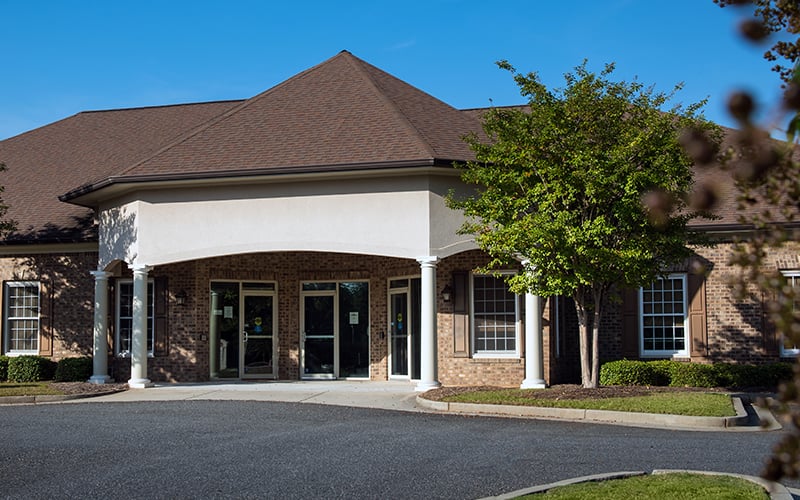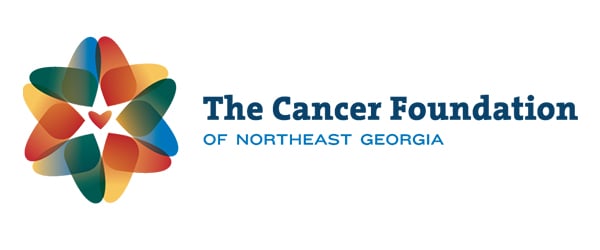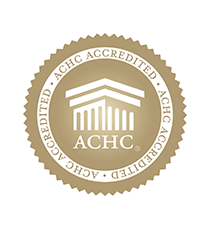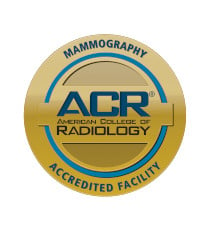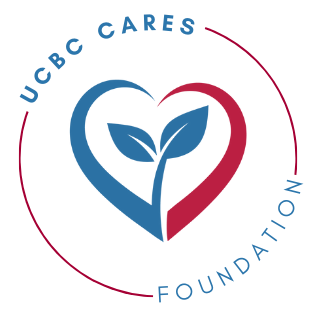Testicular cancer occurs when cells in the testicle grow out of control and form a tumor. This rare cancer can happen at any age, but commonly develops between the teenage years and mid-adulthood. Here’s a closer look at what to look for and how this form of cancer is treated.
Symptoms & Causes of Testicular Cancer
The most common sign of testicular cancer is a lump in the testicle. Other symptoms may include swelling, a feeling of weight in the testicles, or a dull persistent ache or pain in the scrotum, testicle, or groin area. Should you notice a bump in your testicles, contact your doctor promptly.
As with many types of cancers, the precise cause for testicular cancer isn’t always known. We do know, however, that there are some risk factors, including having a family history of testicular cancer, having testicles that didn’t descend before birth, as well as your age and race. (Younger white men are at greater risk.)
How Testicular Cancer Is Diagnosed
It’s important to routinely conduct monthly self-exams, as the first sign of testicular cancer is usually a lump. When found early, testicular cancer is highly treatable.
Doctors may use ultrasounds of your testicles to examine the location and nature of the lump. Blood tests can also be used to detect the proteins generated by testicular cancer cells. If the lump is suspected to be cancerous, rather than performing a biopsy of the lump (as in the case of several other cancers), the entire testicle may be surgically removed and then sent to the lab for further testing.
Diagnosing the type of testicular cancer and its stage is important for determining the proper treatment course. Seminoma testicular cancer typically happens at older ages and usually spreads slowly. Nonseminoma cancers tend to develop earlier and spread more rapidly.
Once cancer has been diagnosed, doctors can use blood tests and computerized tomography (CT) scans to determine if it has spread beyond the testicle. This will allow them to tell which of the following stages the cancer is in:
- Stage 0: In this stage (also called germ cell neoplasia in situ, or GCNIS), unusual cells are detected in the seminal tubes, but have not yet developed into cancer.
- Stage I: Cancer has been identified, but is contained to the testicle.
- Stage II: Cancer has spread to one or more lymph nodes, but has not spread to other areas beyond.
- Stage III: Cancer has spread beyond lymph nodes and may be located elsewhere in the body, such as the lungs.
Treatment for Testicular Cancer
The best treatment option will depend on the type and stage of testicular cancer you are diagnosed with. For testicular cancer in a very early stage, surveillance may be recommended, which involves routine blood tests and imaging appropriately scheduled by your doctor. In the case of more advanced stages, surgery may be performed to remove the tumor or the testicle. Lymph node dissection may also be performed, as well as radiation and chemotherapy for cancers that have spread to other areas of the body.
During treatment, your health care team can work together to ensure you’re receiving the best cancer treatment while managing symptoms and side effects. A coordinated care team consisting of oncologists and primary care providers will ensure you’re receiving services like urgent care and prescription refills, as well as comprehensive care for new or preexisting conditions.
Facing any type of cancer diagnosis is overwhelming, but it helps to know that you have a team of experts by your side. If you or a loved one has been diagnosed with cancer, turn to UCBC. Our expert oncologists treat a wide variety of cancers through advanced, customized, comprehensive approaches. For an appointment, call us directly at 706-353-2990.

